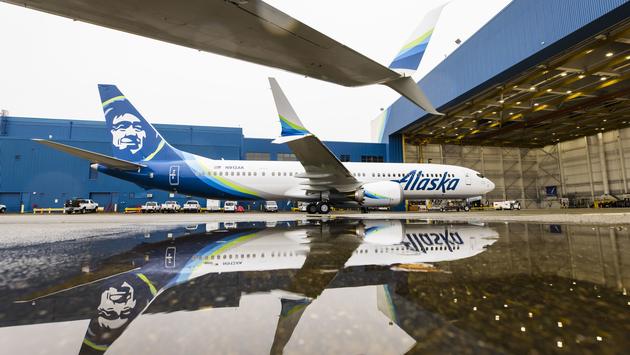Parts Removal Problems Were Well-Known at Boeing Before Alaska Airlines 737-9 Accident

Boeing was aware of compliance issues related to parts removal long before the January 2023 accident involving an Alaska Airlines 737-9, where an improperly removed panel led to an in-flight emergency. This revelation came during a National Transportation Safety Board (NTSB) hearing, highlighting Boeing’s ongoing internal concerns and efforts to address these issues.
Testimony during the hearing revealed that Boeing employees had raised concerns about the “Perform Part or Assembly Removal” process as early as March 2023 through the company’s voluntary Speak Up reporting program. According to Paul Wright, Boeing’s Senior Director of Safety Management Systems (SMS), the company had already initiated a Safety Risk Assessment (SRA) to address these concerns when the Alaska Airlines incident occurred.
On January 5, 2023, the Alaska Airlines 737-9 lost its left-side mid-exit door (MED) plug mid-flight, forcing an emergency landing. Although no one was injured, the incident has prompted significant changes in Boeing’s protocols and increased FAA oversight.
Investigators found that four retaining bolts were not re-installed after a pre-delivery repair on the aircraft. Despite passing multiple inspections and flying 154 flights, the issue went undetected due to the MED plug’s design, which lacks a sensor to confirm its secure installation.
Boeing’s internal audits from 2018-2023 had already identified unauthorized parts removals as a significant issue. Concerns among employees led to 35 Speak Up reports related to parts removal, with 10 still unresolved. The FAA had cited Boeing for regulatory compliance issues related to unauthorized removals, with ongoing investigations potentially leading to further penalties.
In response to the Alaska incident, Boeing has revised its risk assessment processes, requiring an initial risk analysis within seven days. The company has also updated its Common Manufacturing Execution System (CMES) to ensure only trained employees can conduct parts removals.
Boeing’s corrective actions include plans to reduce the frequency of updates to its Boeing Process Instruction (BPI) 1581 and enhanced training for employees on removal documentation requirements. These improvements are part of a broader 90-day corrective action plan submitted to the FAA following the most recent audit.
Sources: AirGuide Business airguide.info, bing.com, aviationweek.com
